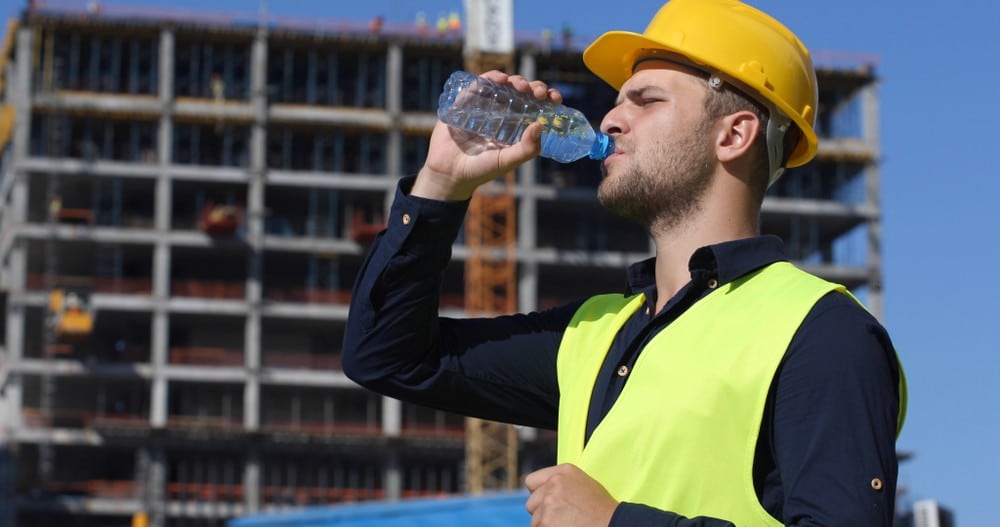In your search for the perfect industrial uniforms for your employees, you may have come across brands that offer clothing made of moisture-wicking fabric, but what does moisture-wicking mean exactly? More importantly, how does this benefit your employees, and ultimately your business?
We’ll break it down for you and list some reasons why you should invest in this amazing textile technology.
What Does Moisture-Wicking Mean?
Moisture-wicking fabrics are most often associated with athletic apparel and for a good reason: they are primarily designed for optimum comfort of the wearer even under high temperatures and intense physical activity. These exact same characteristics make them ideal for application in work apparel. Simply put, moisture-wicking means the fabric of the garment is intended to keep the excessive moisture away from the wearer. But the science behind it is a little bit more complex.
In higher temperatures and/or during highly physical activities, the body sweats more profusely than it does at rest or in lower temperatures. With normal fabrics, this bodily moisture gets absorbed into the fabric and gets trapped there. This keeps the excess moisture in contact with the skin, making the wearer hot and uncomfortable. Moisture-wicking fabrics are either naturally or chemically treated to be hydrophobic or water-resistant. Instead of clinging onto the fabric and getting trapped there, moisture passes through the fabric and stays on the outer layer of the fabric and off of the surface of the skin to be evaporated.
With moisture not clinging onto the fabric, it dries at a significantly faster rate in these moisture-wicking fabrics in regular fabrics.
What does moisture-wicking mean for your uniforms?
Uniforms that have moisture-wicking properties carry a range of benefits for your employees. Foremost of these is wearer comfort. Your employees will never have to worry about heat discomfort even when they are working under the heat of the sun, in high-temperature locations, or when they have to exert too much physical effort at work. This ultimately leads to:
- Your workers feeling more comfortable and less stressed out at work which leads to higher productivity
- Prevention of heat stress like heat exhaustion or its more dangerous, life-threatening forms like heat stroke
- Helps in the regulation of the body’s cooling mechanisms, thus keeping your workers healthier
Which Type of Fabrics are Moisture-Wicking?
Now that we have answered the question, “What does moisture wicking mean?” and what it means to work uniforms, we now move on to another important question: which fabrics are moisture-wicking?
Most types of moisture-wicking fabrics are synthetic like polyester, polypropylene, nylon and Spandex, as well as brands like Gore-Tex. Natural fibers that fall under the moisture-wicking category include wool, which is the most popular, and bamboo. Some brands carry a combination of synthetic and natural fibers.
Moisture-Wicking Apparel for Industrial Workers
As a business owner and employer, you have the legal and moral obligation to ensure your employees’ safety and welfare, especially when their jobs expose them to highly-stressful conditions. Combat heat stress and keep your team healthy, safe, and happy with the help of CLS’s range of moisture-wicking professional apparel!
Our product selection is guaranteed to not only be made of the best-performing materials; they are also guaranteed to be maintained using the latest and most suitable laundering technology to ensure that specialized capacities are retained for a longer period.
Choose from among our wide variation of moisture-wicking apparel suited for use in different industries and workplaces. Call us today at 800-875-4636 and our customer service representatives will gladly walk you through our catalog of products and services!
